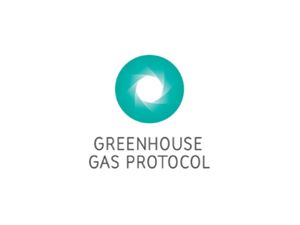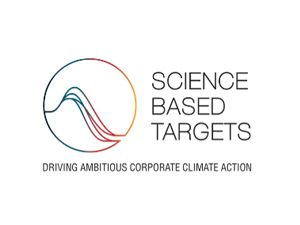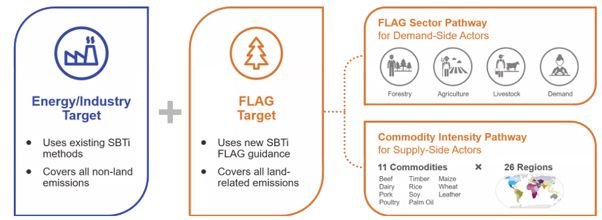With the launch of science-based targets for the Forest, Land and Agriculture (FLAG) sector, Shane O’Reilly and Julie Stokes from Sustainable Futures examine their scope and potential impact on the industry.
What is the SBTi FLAG guidance?
Globally, 22% of greenhouse gas (GHG) emissions are derived from forestry, agriculture, and other land uses. These emissions are expected to increase rapidly as agricultural production is ramped up to meet the needs of rising global populations. This trend places increasing pressure on companies in land-intensive industries to take appropriate action in reducing their emissions footprints.
Recognising this, on September 28th the Scienced-based Targets Initiative (SBTi) launched the world’s first standard for companies that operate in this space to set science-based targets that include land-related emissions and removals.
While many businesses are already committed to targets set through the SBTi, and are reporting publicly, there is a gap in the number that are disclosing their agriculture, forestry, and other land use (AFOLU) emissions or removals – largely due to the lack of standardised guidance on how to action this.
The SBTi FLAG project seeks to address this gap by introducing standardised methodologies and guidance that targets companies in forestry, food, and agriculture to set science-based targets (SBTs) that fully integrate land-related emissions and removals. According to SBTi, this new guidance will offer “a common, robust, science-based pathway to how much and how quickly a company needs to cut its land-related emissions to limit global warming to 1.5°C”. The standardised approach includes both a tool and guidance for implementation.
What is covered under FLAG?
- Land use change emissions (LUC emissions), including deforestation, forest degradation, coastal wetlands conversion, and peatland conversion among others.
- Land management emissions (Non-LUC emissions), including enteric emissions, flooded soil, manure management, agricultural waste burning, and fertiliser among others.
- Carbon removals and storage, including forest restoration, forest management improvement, afforestation, and soil organic carbon among others.
Corporate GHG accounting and target setting process
| Logos and protocol names | ||||
|---|---|---|---|---|
 |
 |
 |
 |
 |
| Measure & account (GHG protocol) | Set a target (SBTi) | Report | Reduce emissions | Update annually |
Who sets targets and when?
The following SBTi sectors must set a FLAG target:
- Forest & paper products
- Food production (agricultural production)
- Food production (animal source)
- Food and beverage processing
- Food and staples retailing
- Tobacco
Companies in other SBTi sectors must set a FLAG target if they have FLAG-related emissions totalling 20% or more of the company’s overall emissions across scopes 1, 2 and 3.
Timing for setting a FLAG target is as follows:
- Companies who set their SBTi target before January 2020 must set a FLAG target by December 2023
- Companies who set their SBTi target after January 2020 and before April 30th 2023 must add a FLAG target by December 31st 2024
- Companies setting their first SBTi target after April 30th 2023 must set a FLAG target upon submission
What is the target structure and options?
Structurally, FLAG targets are in addition to Energy/Industry targets, and two option pathways have been defined for FLAG. This is outlined in the graphic below:

What about land conversion?
- All land use change/conversion emissions are included in the FLAG target setting pathways
- Companies must include all land use change/conversion emissions in their inventory 20 years back from their baseline year in alignment with the GHG Protocol draft
- Additionally, companies are required to submit a ‘no deforestation’ commitment.
- Companies are also recommended to align commitments with the Accountability Framework initiative (Afi) guidance including a 2020 cut-off date, no conversion commitment and no peat burning commitment
Carbon removals
A key point to note about FLAG is that carbon offsets are not included
- Carbon removals are almost half of what the FLAG sector will contribute to a 1.5C future. For this reason, removal activities are required in FLAG
- These removals are from in-supply actions like improved forest soils management, increased silvopasture, and biochar applications
- In-supply chain removals may be accounted toward a FLAG target, but not an energy/industry target
How we can help
KPMG Sustainable Futures have worked with several clients in food, agriculture and land-intensive industries to help them prepare, implement and achieve their science-based targets. Our team of decarbonisation specialists will be happy to assist you in preparing for your net-zero journey.
Contact our team
Shane O'Reilly
Managing Director, KPMG Sustainable Futures
KPMG in Ireland
Julie Stokes
Associate Director
KPMG in Ireland

KPMG Ireland’s dedicated decarbonisation & sustainability advisory team
KPMG Ireland’s dedicated decarbonisation & sustainability advisory team
